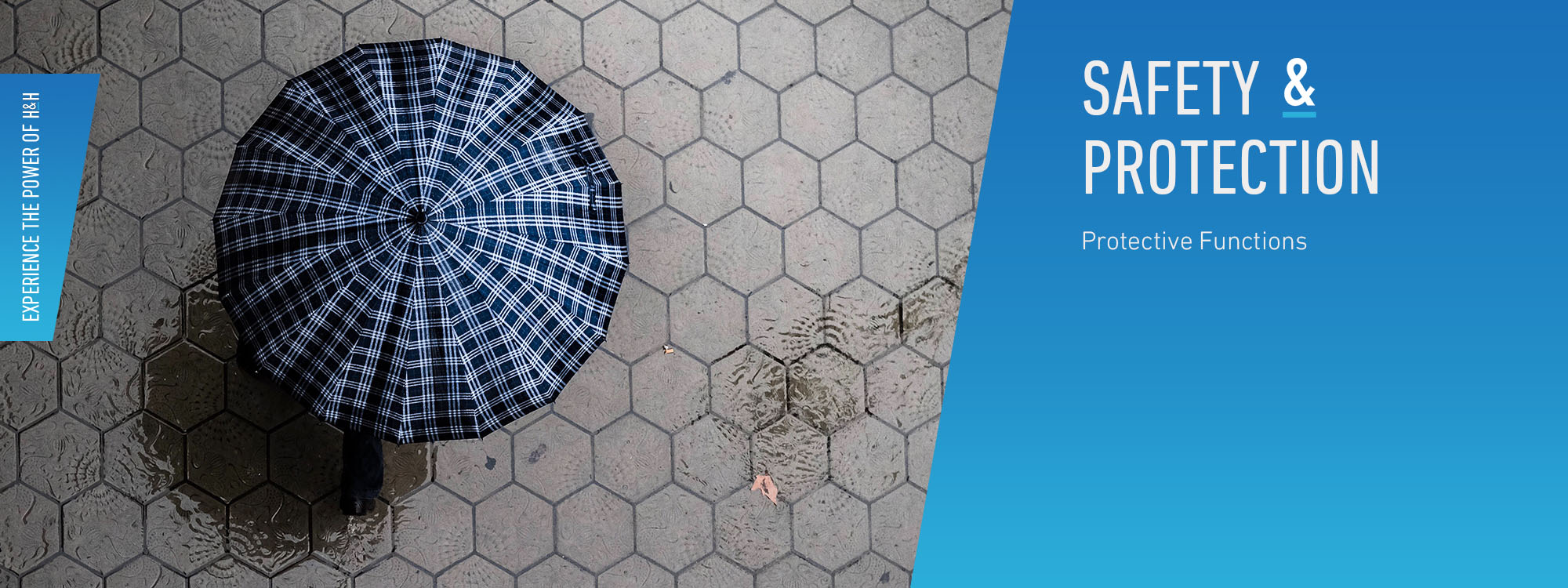
Protective Functions
The following functions and notifications are built in to protect the DUT and the electronic load itself:
- Overpower protection
- Overtemperature protection
- Reverse voltage indication (no protection!)
- Undervoltage indication
- Overvoltage indication (no protection!)
- Adjustable overcurrent protection
- Adjustable undervoltage protection
Adjustable Overcurrent Protection
The overcurrent protection works in all operating modes and does not allow a higher current than the set limit value. When overcurrent protection is active, the user interface displays “OCP”.
Adjustable Undervoltage Protection
1. Regulating Mode
The regulating mode reduces the input current when the load input voltage drops to the undervoltage protection setpoint. This mode is used, for example, to avoid a deep discharge when discharging a battery.
The regulating mode is designed as a PI controller and cannot prevent the voltage from falling below the setpoint value in the event of a sudden drop in voltage.
Application: e.g. when testing the current limitation of a power supply in constant current mode (CC) of the electronic load.
2. Switching Mode
The switching mode switches the input current off/on when the load input voltage falls below/exceeds the setpoint for the undervoltage protection. This mode is used, for example, to achieve the shortest possible dead time until the load current flows when the input voltage is switched on.
Application: e.g. voltage connection, PWM operation
For more information on voltage connection and PWM operation, please read our Application Note 7.

